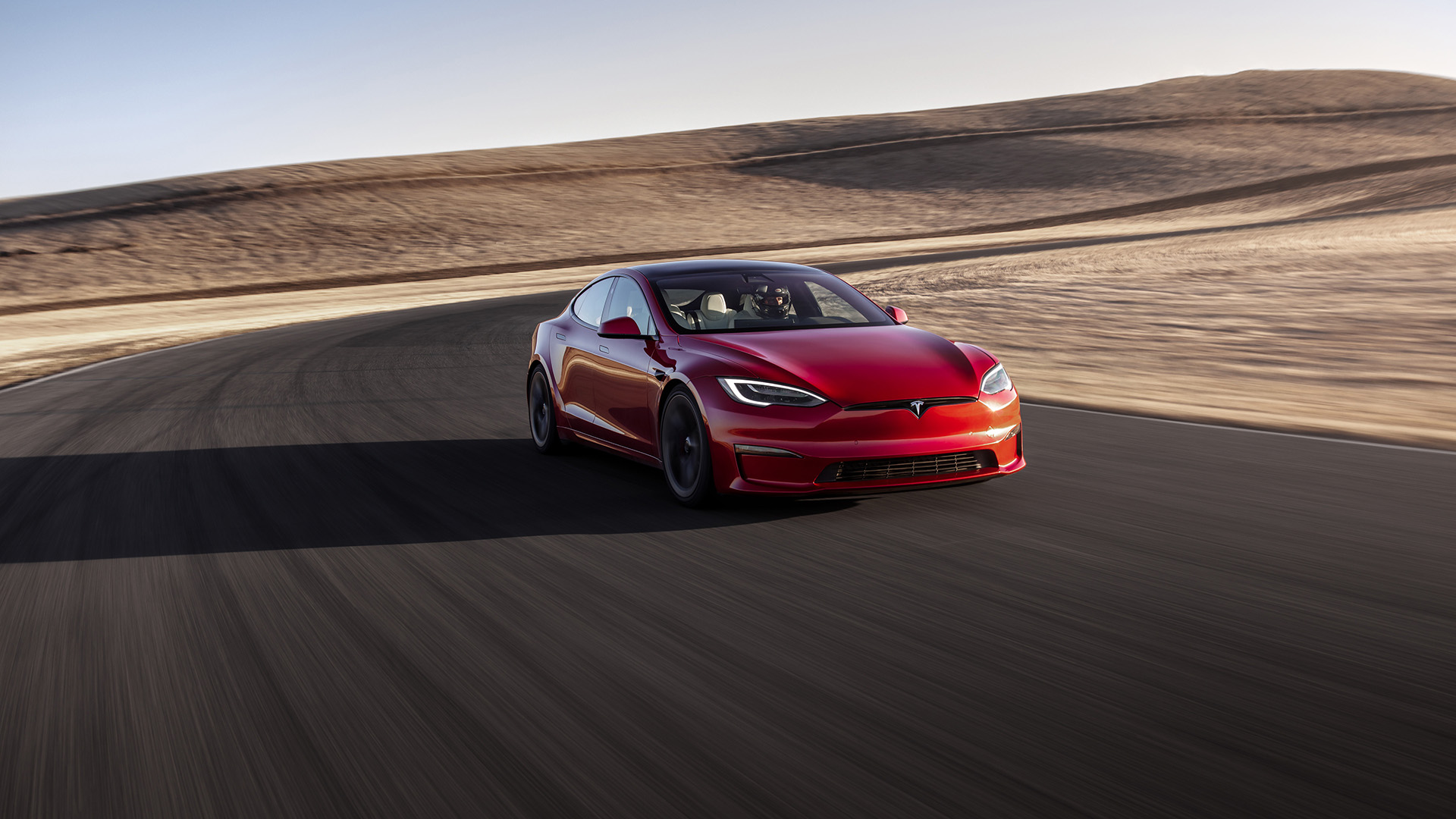
While the fight to be crowned best EV on the market is hotter than ever, one brand has still managed to build a hardcore following like no other. Tesla has a level of brand recognition – particularly among younger audiences – which is simply unparalleled.
What makes that all the more impressive is that they don't come cheap. The Model X starts at $98,490 in the USA, while the smaller, sportier Model S starts from $88,490.
Well, until now, that is.
The brand have just unveiled a couple of new models in those ranges. They're dubbed the "Standard Range" variant, and both cost $10,000 less than the next most affordable variant.
Of course, some things have had to be sacrificed in order to achieve the lower price point. Most notably, that's the range, which is cut down on both models. The Model S drops from 405 miles down to 320, while the Model X is reduced from 348 miles down to 269. That's all based on figures from Tesla.
That's quite a substantial reduction, with both models losing around 80 miles of range. The 0-60 time also takes a hit. Both models are 0.6 seconds slower in that department – certainly not the end of the world, but worthy of note.
What I think is most concerning, though, is that nothing has changed on the hardware side to make this possible. All of the limitations imposed on the device are achieved with software.
Now, that could be a good thing. In theory, if the hardware is all present and correct, users could purchase the cheaper model to gain entry to the ecosystem, and then pay to upgrade to the full specification later down the line. That sounds like a win-win – Tesla make a sale of a more affordable vehicle, and users would still have the opportunity to get a full-spec car later down the line.
What concerns me, though, is the idea of having features for hire in a car. We've seen it from other manufacturers, too – BMW has trialled subscription services for things like heated seats, for example.
To be absolutely clear, that isn't explicitly happening here. But it almost feels like Musk and co are testing the water to see what they can get away with. If users are happy to live with software imposed limitations, maybe they'll be happy to pay for it later on.
Once that feels normal, maybe they'll be comfortable with paying for other things on a subscription-style model. Where does it end? Buy-one-get-one-free deals on your indicators? Surge pricing on your heaters when a cold snap hits? It could be the start of a slippery slope.







